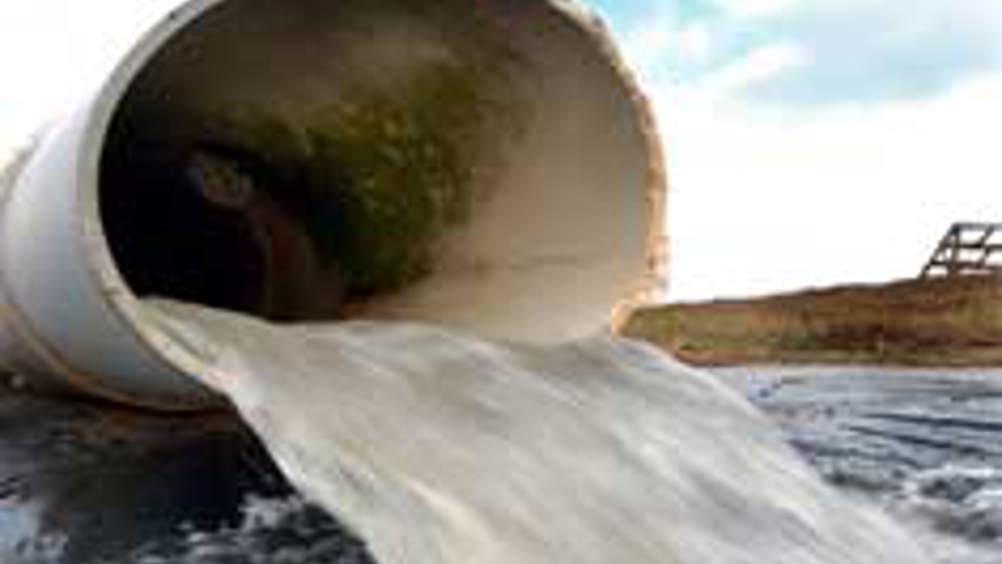Improved water supply system could also produce electricity
A new research project will gather experts from Bangor University and Trinity College Dublin to investigate ways of making water supply infrastructure more energy efficient.

They hope to develop technology to utilise excess pressure in the system to produce electricity that can be used locally or sold back to the grid — while, at the same time, reducing CO2 emissions and operating costs associated with supplying treated water.
‘The water industry is very energy intensive. This project could help reduce its associated environmental impact and economic costs,’ said Dr Prysor Williams of Bangor — with colleague Dr Aonghus McNabola of Trinity adding that the technology could also potentially reduce metering charges for individual customers.
Water supply involves considerable energy consumption, cost and CO2 emissions in water treatment, pumping and monitoring. Treated water is most commonly supplied to a community from a central storage reservoir by gravity throughout a catchment system, and this water must be supplied within satisfactory pressure bands.
Where the pressure in water flow becomes too high, a Break Pressure Tank (BPT) is commonly installed in the network, whereby the pressure, kinetic and potential energy within the flow is dissipated to the atmosphere. These BPTs present an opportunity to recover energy from water-supply networks by means of a hydropower turbine system, producing electricity without interfering with the water supply service.
Register now to continue reading
Thanks for visiting The Engineer. You’ve now reached your monthly limit of news stories. Register for free to unlock unlimited access to all of our news coverage, as well as premium content including opinion, in-depth features and special reports.
Benefits of registering
-
In-depth insights and coverage of key emerging trends
-
Unrestricted access to special reports throughout the year
-
Daily technology news delivered straight to your inbox










Breaking the 15MW Barrier with Next-Gen Wind Turbines
Hi Martin, I don´t have any detailed parameters for the 15MW design other than my reading of the comment in the report ´aerodynamic loads at blade-tip...